Introduction.
Liangzhu culture is an archaeological culture located in the plain area of the lower Yangtze River during the late Neolithic period in China, and at present we generally believe that they represent the three Miao groups of the Yao-Sun-Yu period. Liangzhu culture is famous for the discovery of large ritual building sites, large tombs, the ancient city of Liangzhu, large water conservancy facilities, and a large number of exquisite jade ritual objects. Liangzhu culture jade ceremonial vessels are not only numerous and beautifully crafted, but most of them are also engraved with exquisite animal-faced emblems of gods and men. These gods and beasts face pattern emblems exist not only on jade, but also on stone tools, pottery and even other tools, which are considered to reflect the collective worship of the clan totem of the first people of Liangzhu culture. It is generally believed that the divine beast-faced emblem is a symbol of the union of man and beast, but there have been different views on its origin. The most basic question is, what is the basic connotation reflected in the divine beast face emblem, and which animal shape is the beast face imitated?
- The connotation of the animal-faced emblem of the gods and goddesses
Liangzhu culture is mainly characterized by a large number of fine jade vessels carved with the design of the animal face of the gods, and the totem image of this human-animal combination is a product of the combination of nature worship and ancestor worship in early society, and generally speaking, it exists as a totem of clan society. The animal-face motifs of the gods that can be found everywhere in Liangzhu culture also seem to indicate that this is the collective worship of the ancestors of the ancient Liangzhu culture, representing the universal identity and common beliefs of Liangzhu society. And, judging from the discovery of the jade rituals with the gods and beast faces, this worship and belief in totems was monopolized by the upper classes at the time as an important means of their spiritual control over the general population.
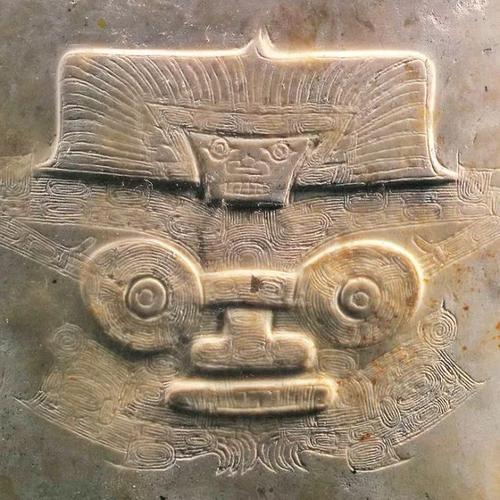
Fig. 1 The animal-face motif of the gods on Liangzhu jade
In general, the upper part of the emblem is carved in relief with the upper body of the god, the crown of feathers, the hands of the god in the shape of a bow with elbows bent toward the chest, and the five fingers spread out toward the back of the head of the god and the beast. Underneath the god man sits a crouching beast, with round eyes, a straight and wide nose, teeth bared, and a hideous form, with claws stretched out on the ground. The image of the beast is a combination of images, the upper part of the gods should be directly from the ancient San Miao group.
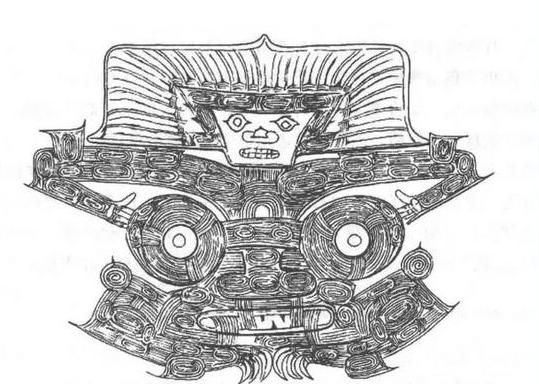
Figure 2: Typical Liangzhu gods and beasts
History records that “the three Miao states are in the east of Chishui, and they are followed by people, one is called the three Mao states”, and also “they are people with human faces and wings, bird beaks, and square fishing”. Three Miao State people apparently became the image of the gods of the human face and bird body, and we then look at the image of the gods of Liangzhu culture, is also wearing a bird crown, wearing jade clothes with cloud patterns, baring his teeth and mouth image, and the documented image of the human bird body does not seem to be inappropriate. In the late clan society, the southern tribes and the Central Plains tribes on the market war, such as the famous war between the Yellow Emperor and the Jiu Li tribe, as well as “to restore the virtue of the Jiu Li” of the three Miao also often clashed with the Central Plains tribes, the most famous but also Yu conquered the three Miao, and finally the Central Plains culture unified the southern territories in a strong position.
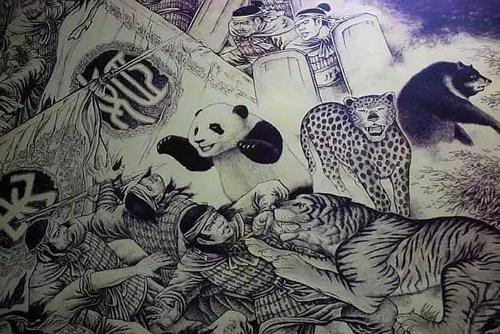
Figure 3: The legendary Battle of Hanquan
It can be said that the images of the gods and men are actually images of the deified figures of the Sanmiao tribe, and such images were probably not composed at once and were not simply images of shamans or ancestral gods in the tribe. During the frequent clan wars, the Sanmiao needed to rely on the gods to give themselves courage to defeat their enemies and to serve to glorify themselves and suppress their enemies. The image of the deity wearing a crown of feathers on his head, a cloudy feathered garment, and a half-human, half-animal facial feature indicate that he is a multi-prototype deity that incorporates multiple animal images.
- Is the beast of the divine beast face a tiger or a turtle?
As one of the important components of the bestial face of the gods, the image of the beast below the gods is also worthy of our attention. As a combined image of man and beast, it is different from the image of a simple man and beast, and it represents the gods’ mastery of the beast, which is located below the gods and plays a subordinate role in the image of the gods’ bestial face. Therefore, we should look at the divine man and the divine beast separately for the time being, and we can even look at the origin of the two images separately. As early as the primitive society, people already know how to drive animals for their own use, such as the Yellow Emperor “teach the bear and brave fighters and tigers,” and the Yandi battle, and Chi You’s mount “rodent iron” is actually a panda.
The Panda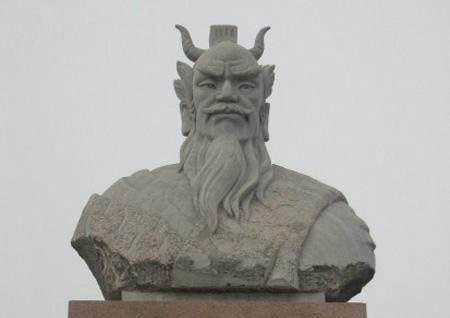
Figure 4 Chi You statue of the god of war
Some of the animal faces below the gods are side view and some are front view, and the animal face on a trident-shaped vessel excavated in the anti-mountain cemetery is almost a combination of two side-view tigers. From the image, the tiger’s eyes are open, the tiger’s mouth is open, making a devouring mood, and the tiger’s whiskers are slightly open below the tiger’s mouth, showing that the tiger is in motion at this time. If the interpretation of the face of the beast as a tiger, combined with the gods, showing the existence of ancient Liangzhu ancestors tiger worship, can also be justified. The tiger is the king of all animals, and among the ancient clans that used many animal images as totems, the tiger as a totem symbolized more courage and strength. There are also few ethnic groups that worshiped tigers in ancient societies, such as the Ba people who believed that their ancestors were transformed into white tigers after their death, and therefore regarded tigers as their ancestors.
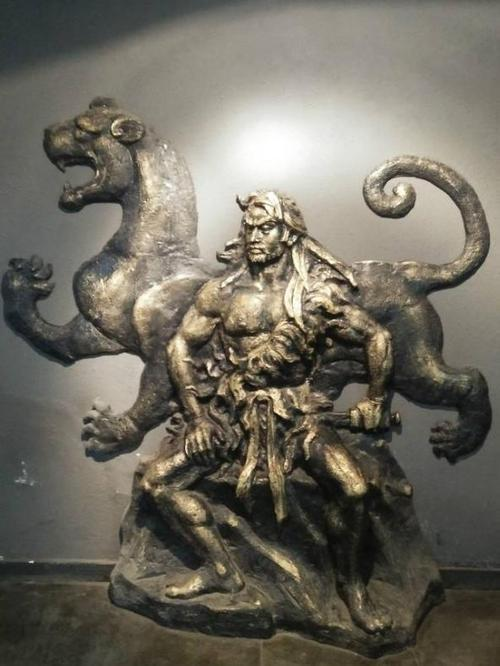
Figure 5 Ba people endowed with white tigers
In addition, there is also the theory that Liangzhu beast face pattern comes from the turtle, first of all, in primitive society there is the custom of burial with turtle armor, and the turtle shell is used as a common magic weapon for shamans to hold religious ceremonies; in Dayu’s water healing, the turtle even assisted Dayu to heal the flood; and in the Shang Dynasty it was used as a divination bone used for divination. In people’s minds, the turtle is an animal that can communicate with the gods, and the shape of the turtle has nurtured the ancient concept of heaven and earth and the four poles of the universe. Secondly, in Liangzhu culture, we often see jade turtles made in the shape of imitation turtles, and some people think that the four corners of Liangzhu jade congregation are actually made in imitation of the four feet of the turtle.
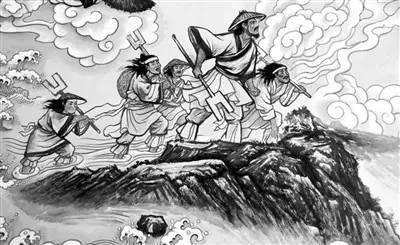
Figure 6: Legendary Dayu healing water
This shows that the worship of the turtle is actually not uncommon in Liangzhu culture, and the act of using jade as a turtle is a direct reflection of the identification of the Liangzhu ancestors with the divine power of the turtle. In addition, there is a swirling cloud pattern in the animal face pattern of the gods, and this swirling cloud pattern is very similar to the pattern on the back armor of the turtle. In addition, the eyes, teeth, and claws in the bestial face pattern are also similar to those of the tortoise. After excluding the artistic processing, we can even think that the bestial face pattern is actually based on the frontal image of the tortoise and then created with certain exaggerated techniques. The turtle has always been associated with the communication between heaven and earth in the ancient concept, and this attribute appears to be more convincing when combined with the gods and humans.
- Beast and bird worship in the divine man’s animal face pattern
In addition to the worship of turtles and tigers can explain the origin of the beast-faced pattern of Liangzhu culture, the worship of birds by the ancient Liangzhu ancestors can also be regarded as the basis for creating the beast-faced pattern of the gods and men. Bird motifs are also very common on bird-shaped ware, pottery and stone tools of production and life in Liangzhu culture. The worship of birds has been popular in the southeast of China, and this worship has a strong continuity from the Neolithic period to modern times. People would carve a pair of birds on the eaves of their houses or on the pillars of their doorways, and some also used bird bones for divination, called “bird divination”.
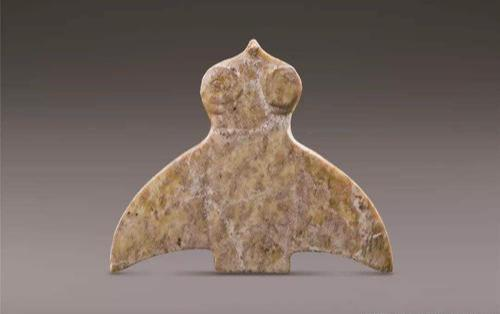
Figure 7 Liangzhu culture jade bird-shaped vessel
It is written in the “Shanhaijing” that “there is the country of the feathered people, whose people are all feathered”, and “the country of the feathered people is in the southeast, and its people have long heads and feathered bodies”, and it is enough to see geographically that the Liangzhu culture is located in the southeast, and also has the same tradition of worshiping birds, so we can think that the location of the Liangzhu culture may be the “country of the feathered people” recorded in the “Shanhaijing”. And we can also find the structure of the beast face pattern of the gods, the gods wear a crown of feathers on their heads, wearing clothes that look like full of feathers, just like the image of a feathered man, which is not exactly in line with the record of “feathered people”!
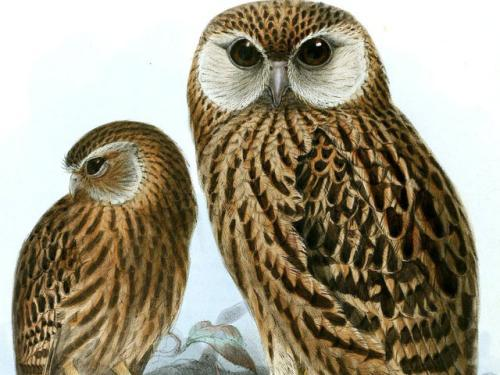
Figure 8: The image of the owl in nature
The typical beast’s face is the image of a beast, but if we look closely, we will see that the beast’s claws do not match its round head, and the claws are thin and numerous, very much like those of birds. And there is a class of fierce bird animals owl is very similar to the image of the beast face, both have round eyes, and owl this animal day and night, action is fast and sharp, frightening. When danger comes, the owl will also stand erect hair, teeth bared, eyes wide open to demonstrate. Therefore, we believe that the ancient Liangzhu ancestors imitated the warlike owls among birds to make their own animal faces and became the mounts of the gods, and this animal was so brave and fierce that its fierce appearance could give the enemy a psychological deterrent. The owl is good at flying and can lead the gods to the clouds to monitor the enemy’s dynamics for the Liangzhu warriors in the war and ensure victory in the war.
Conclusion
Liangzhu culture period is an extremely rich era of faith, people make their own clan emblem is not only to show the clan’s strength and power, but also to express the cultural beliefs and spiritual worship of the ancestors of Liangzhu. It is based on this complex idea that the worship and beliefs of the Liangzhu ancestors at that time may not be single, and they transformed the images of several animals in nature to create their own unique clan emblem by integrating the qualities of these animals – the divine man with animal face. The gods may be the symbol of the spirit of the ancient Liangzhu people, while the beast face represents all the power that the Liangzhu ancestors aspired to use for themselves, including the bravery of the tiger, the divine power of the turtle and the bird, etc.